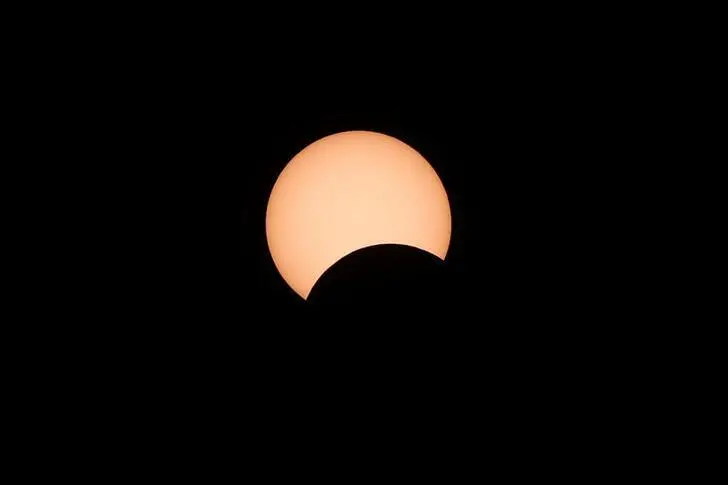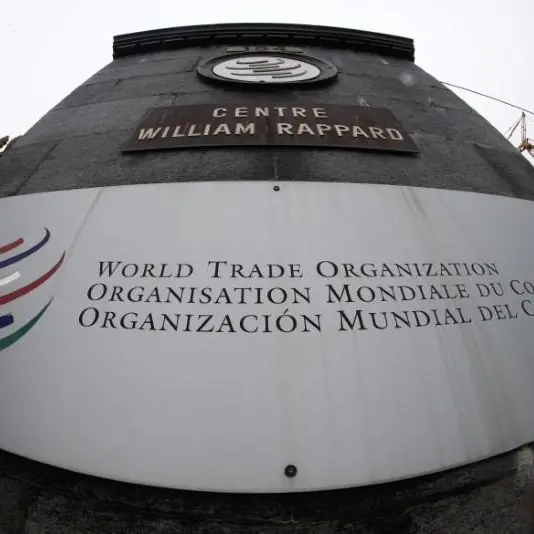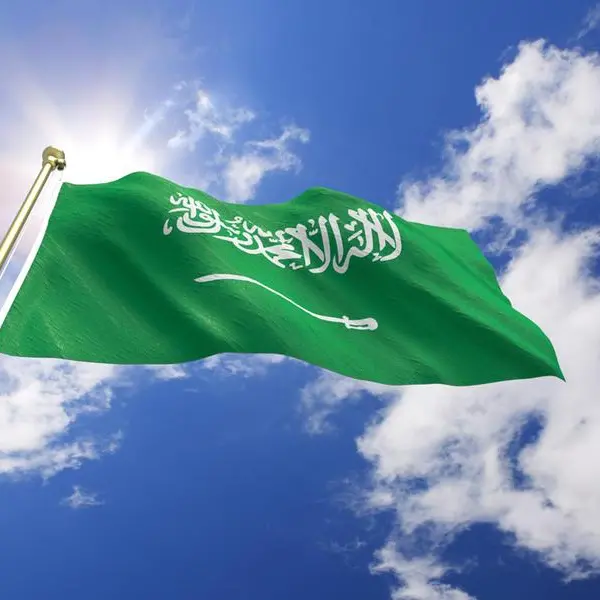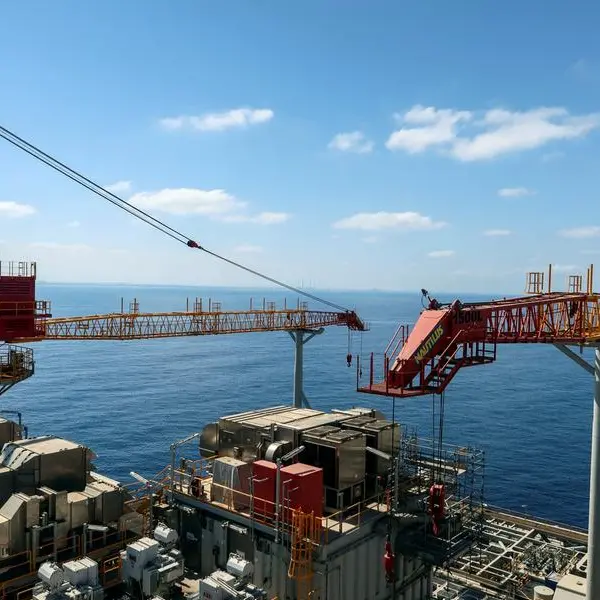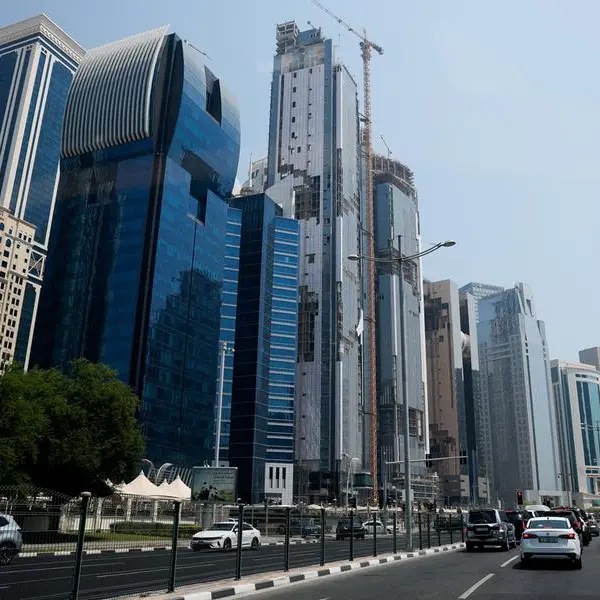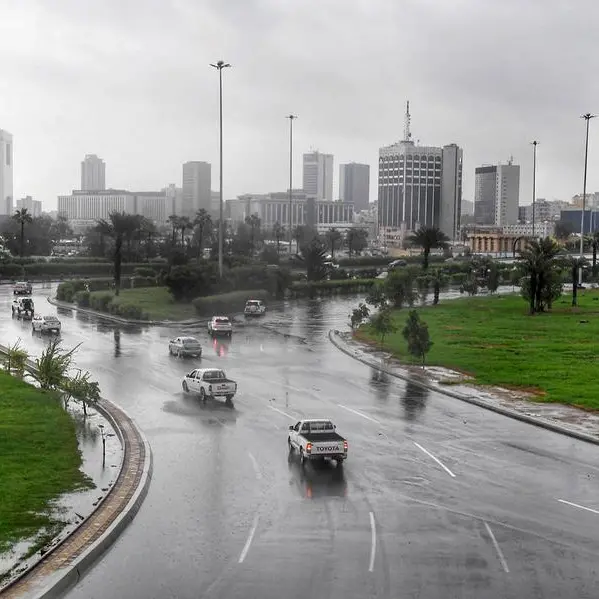PHOTO
Residents across the UAE will be able to witness the second — and last — partial solar eclipse of 2022 on October 25.
The eclipse is expected to be visible in parts of Europe, Asia, North Africa and the Middle East, depending on cloud cover.
A partial solar eclipse happens when the moon passes between the sun and the earth, temporarily blocking part of the sunlight.
This first partial solar eclipse of the year occurred at midnight between April 30 and May 1. However, the spectacle wasn't visible in the UAE or the Arabian Peninsula.
Ibrahim Al Jarwan, chairman of the Board of Directors of the Emirates Astronomy Society, confirmed that the world will be able to see a solar eclipse next month.
"It is expected to start at 2.42pm and end at 4.54pm, UAE time Al Jarwan said.
The next solar eclipse will take place on April 20, 2023.
Explaining the phenomenon, Sarath Raj, project director of Amity Dubai Satellite Ground Station and AmiSat, Amity University Dubai, said: “Solar eclipses can only happen during a new moon — when the moon passes directly between the earth and the sun, forming a straight line between the three heavenly bodies."
The eclipses come in four varieties: total, annular, hybrid, and partial, he added.
“The moon does not totally obscure the sun during a partial eclipse because the sun and moon are not exactly aligned — and hence the sun is shaped like a crescent. During a partial solar eclipse, the moon's penumbra falls on Earth but not its umbra.
"The area where the occluding body only partially blocks the light source is known as the penumbra and partial eclipses are visible to observers in the penumbra. The umbra is the deepest and innermost region of a shadow."
On October 25, the maximum eclipse will occur around 3.52pm local time.
“This will happen when the moon covers 35.51 per cent of the sun's surface. During the maximum eclipse, the moon is located close to the sun's core. The partial eclipse concludes around 4.55pm local time, and the moon moves away from the Sun's edge at a sun altitude of about 11 degrees," Raj said.
"As seen from Dubai, only a portion of the sun will be completely obscured by the Moon during this partial solar eclipse."
Experts also stressed that no matter how partially or completely obscured the sun is, “it is never safe to look directly at it without a protective solar filter. Viewers must wear solar or eclipse glasses in order to see the sun,” Raj said.
Many astronomical societies worldwide will also be live streaming the October eclipse on YouTube and Facebook.
Copyright © 2022 Khaleej Times. All Rights Reserved. Provided by SyndiGate Media Inc. (Syndigate.info).
